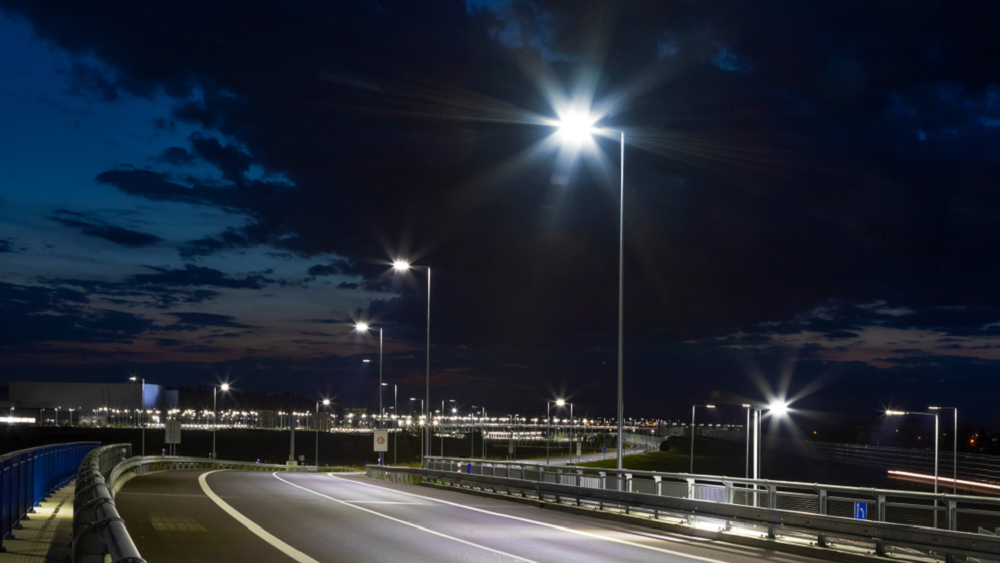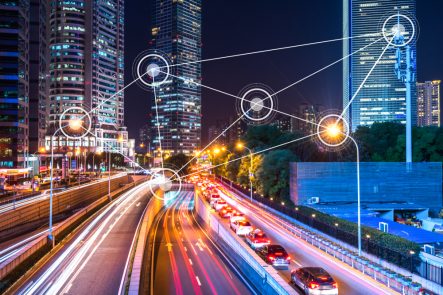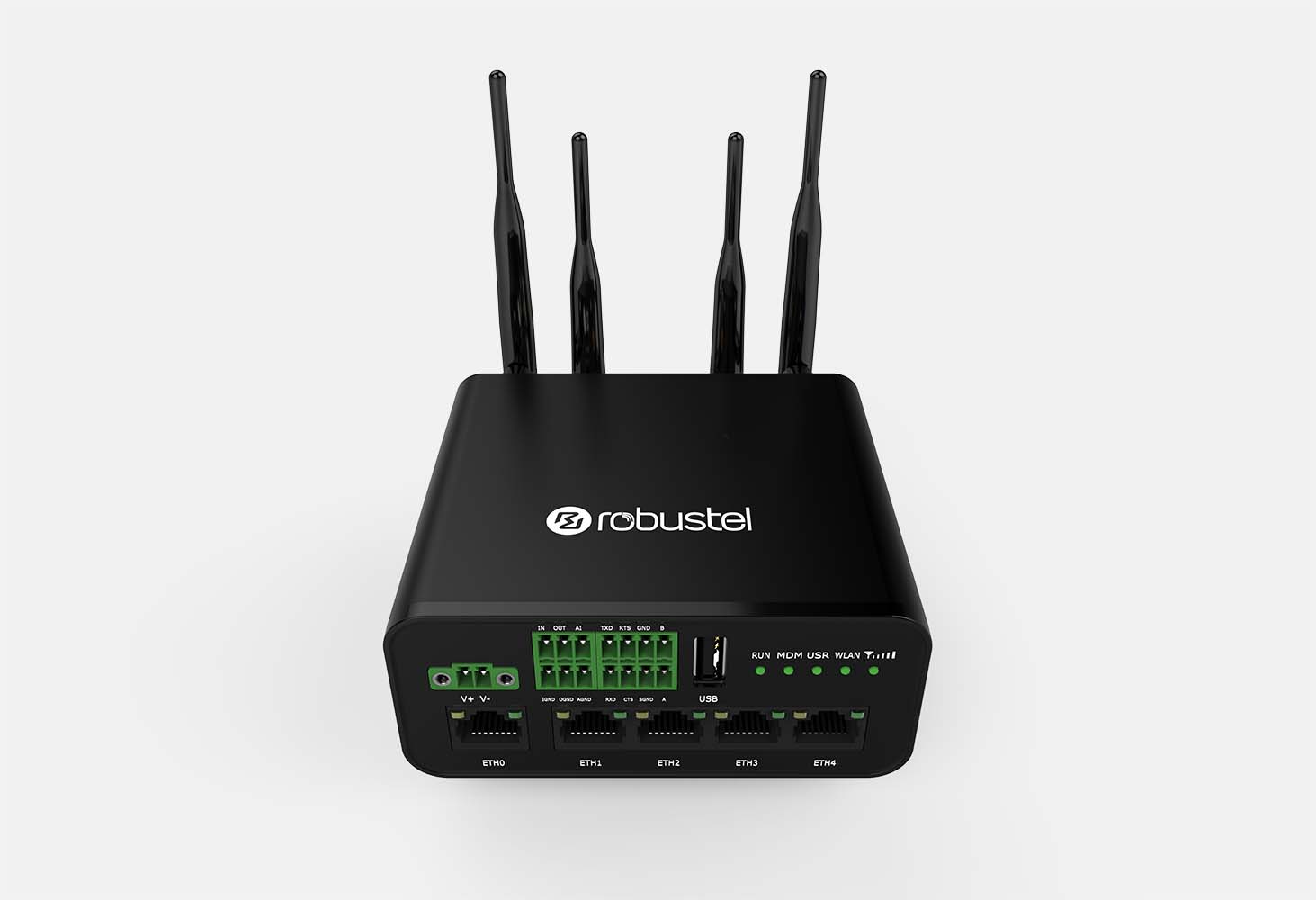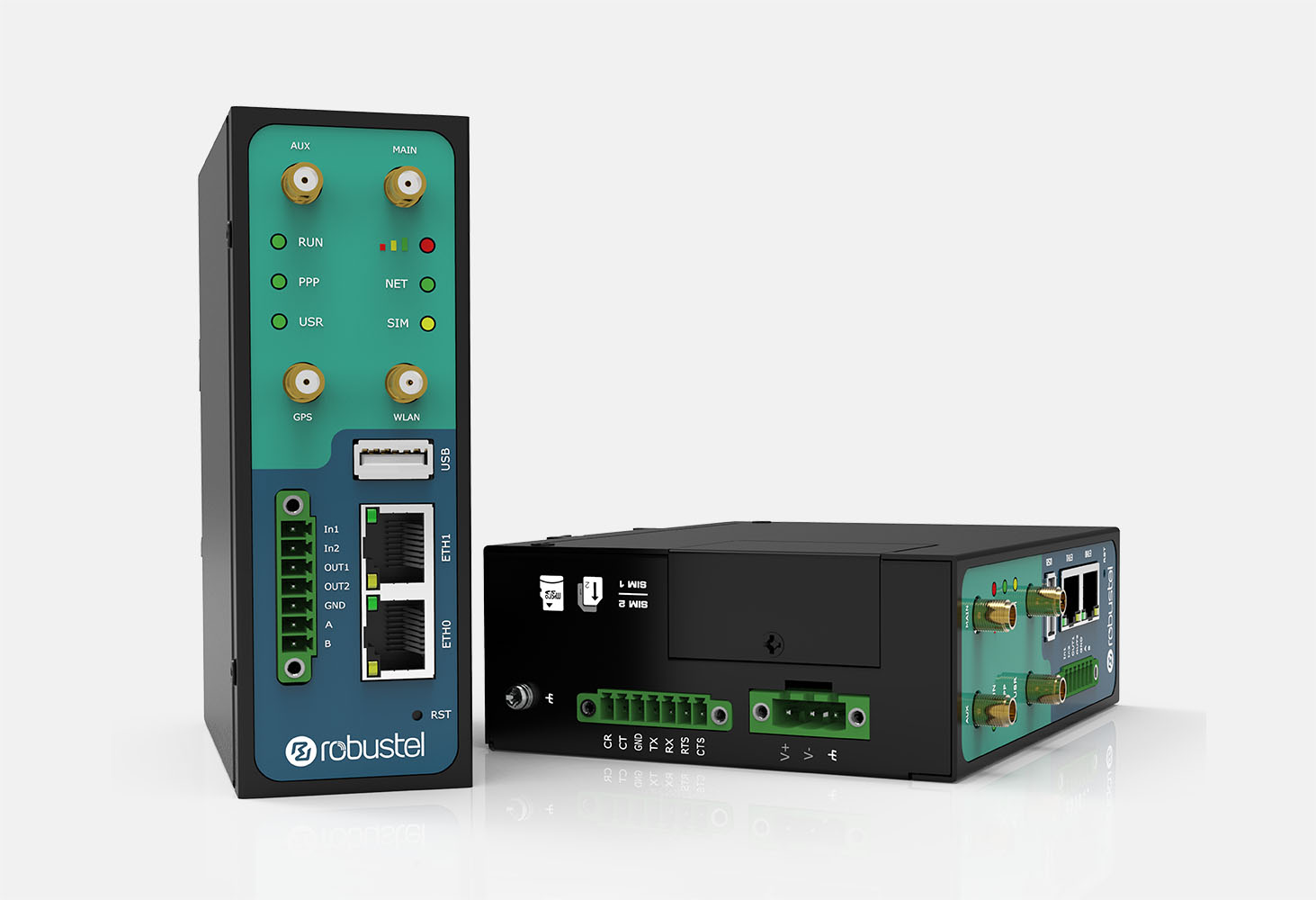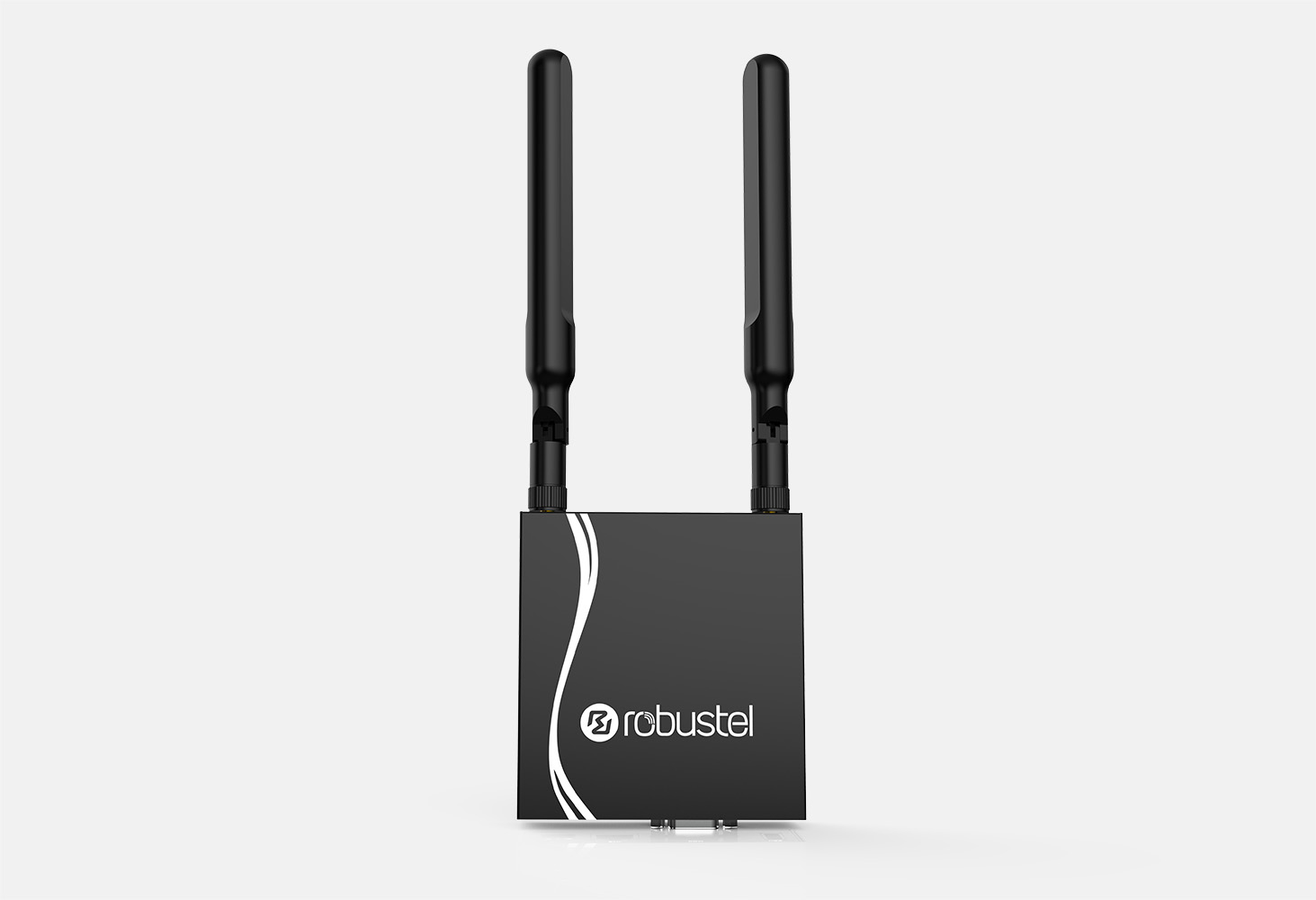The way we light our cities has become a major issue for planners and governments, with many under pressure to lower energy consumption and cost. That’s led city planners to look into alternative solutions - namely intelligent lighting systems.
Here’s everything you need to know about smart lighting systems and how they’re benefiting smart cities.
What is smart city lighting?
Smart lighting is a system of public lights that integrate IoT technologies to lower their energy consumption. Powered with sensors, video surveillance capabilities and complex algorithms, these smart lighting systems can be controlled from a remote location and adjusted depending on the needs of the space. These networks are often deployed in cities and buildings, however, there are also uses for smart lighting in homes - on a much smaller scale.
The applications of connected lighting are far-reaching, from pin-pointing the location of a crime to sending alerts of fire or other emergencies before human intervention. These light systems are about much more than safety, providing other operational applications like parking space availability and street cleanliness. Then there’s also the operational efficiencies with motion sensor street lights that can increase lighting in high-crime areas, dimming lights when the area isn’t in use and detecting outages faster.
What are the benefits of smart lighting?
Smart outdoor lighting systems offer a range of benefits for cities, with the potential to:
- Improve safety
- Lower costs
- Ease installation and maintenance
- Reduce environmental footprint
That’s just scratching the surface. Here’s a deep dive into some of the key areas that are benefitting from these networks.
Safety
One of the biggest benefits of smart lighting systems is their ability to keep citizens safe. These systems can often be remote-activated and can be set up in places that lack proper lighting, like low-traffic areas, parking lots, garages, parks and alleyways.
- Smart traffic light systems. First responders can easily navigate intersections with connected traffic lights that can be controlled remotely. Operators can give them a direct path to an emergency site, without the delay of red lights.
- Responsive lighting. Using smart lighting sensors, brightness can be controlled to improve visibility during weather.
- Detecting outages faster. A key part of city safety is keeping streets bright. Smart lights can alert operators through the network of blown fuses or blown out lights, ensuring that streets don’t go dark.
- Remote control to conditions. City operators can increase brightness in high-crime areas to prevent misconduct. These lights can also be automated to turn on or off during high-traffic times or during times when no one is in the area.
Reduced costs
While smart lights can be expensive on the offset, they quickly pay their way with reduced maintenance costs. Smart street lights can continuously be monitored, giving operators the capability to identify and predict faults before they become major issues. Maintenance crews can then be dispatched to work quickly and effectively by knowing exactly what the issue is before they even get to the site.
Data insight
Another benefit of smart street lights is their ability to gather data from the urban environment. This can be anything from traffic congestion to the use of parks and walkways, to weather and other environmental factors. The real-time data collected from these lights gives policymakers the information they need to make informed decisions about future city initiatives and infrastructure - ultimately enabling them to make smarter decisions.
Improve energy consumption
Street lights are estimated to contribute up to 40% of a city’s energy load. One of the leading drivers of smart city lighting is the need for new, innovative ways to reduce their carbon footprint. The ability to remotely control them and automate brightness means that when a street light is dim, the city saves money and resources.
Robustel’s smart lighting in action
In order to be an effective system, smart lighting networks need a stable line of communication between individual components and a centralised server. That’s where Robustel can help.
Our routers - like the R3000 dual SIM router - provide a reliable connection point. Our routers have already been deployed in smart lighting systems in cities across the world to help governments maintain lighting costs, while also making the system more time-sensitive. They needed the ability to monitor the status of remote lighting in real time, as well as dimming level, adjusting on/off time and energy consumption. Get in contact with our team to find a solution that suits your needs.
